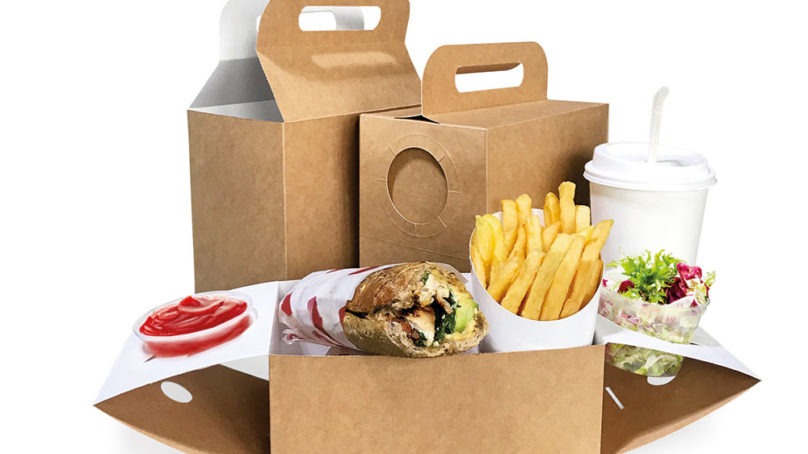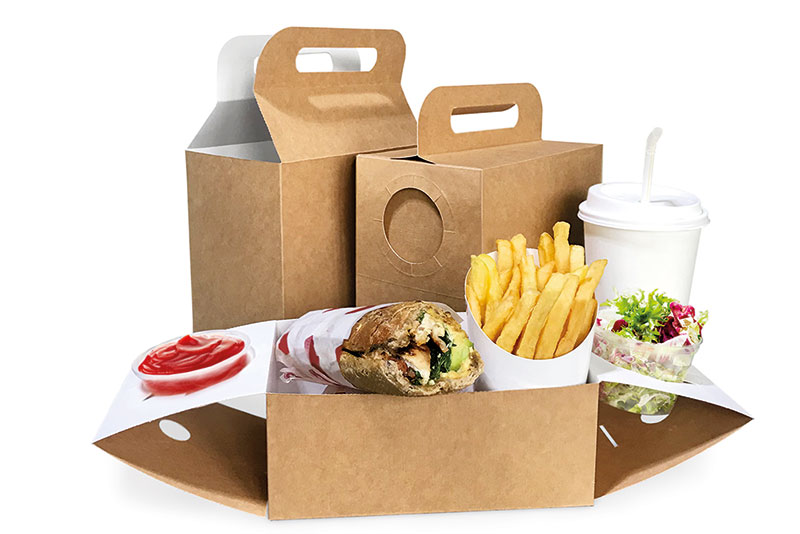HN talks to two packaging experts about manufacturing capabilities, the advantages it can offer clients, dominant trends and the elements that should be considered when it comes to hotel amenities
Lebanon’s packaging industry as it stands today
LibanPack represents the first packaging center in the Middle East and remains the leading entity for packaging development. It offers a wide range of services for improving packing and the labeling of Lebanese products, as well as ensuring compliance with international standards. In an exclusive interview, HN talks to Soha Atallah, the company’s director, to learn more about an industry currently in full swing.
Types of demand
Lebanon has one of the best, if not the best packaging sector in the region, when it comes to corrugated paper and carton packaging. The quality of these products is top-notch and the designs superior. There has also been growing demand for sustainable packaging, which is being met on all levels and is on par with global standards. Still another type of packaging that is continuously growing is on-the-go food packaging, supported by the rise in restaurants offering delivery services. This comes at a time when employees rarely have time to sit and have a proper meal during the working day, whatever their job. Even F&B brands are increasing production and creating new snacking options for people with little time on their hands, alongside those who are looking to maintain a healthy lifestyle without having to worry about cleanliness and hygiene. To ensure that our products comply with these levels of local and regional demand, we have laboratories that test the safety of the materials designed.
Trends and technologies
Aside from sustainable and on-the-go packing, we have witnessed rising demand for well-designed packaging. In that category, limited edition designs are all the rage and the World Cup football tournament is one such example, driving numerous brands to distinguish their offering and thereby increase sales. Equally important are the digital matrices added to these vessels, which, once scanned using a smartphone, automatically take the consumer to a site offering relevant information for added engagement.
The last trend that should be highlighted relates to scale, in relation to size and unnecessary detail. Though this falls under sustainability, brands are realizing that cutting costs, especially when it comes to mass-produced packaging, makes a big difference, not only to the general overall cost, but also the way the brand is perceived by today’s consumers, who value simplicity and transparency over complexity.
What’s missing
Our weakness remains metal and glass packaging. That was not the case prior to 2006, which was when one of our two factories was shelled. The second closed last year, which is why we no longer have a glass-packaging industry in Lebanon. The situation constitutes a major problem, given that we have large wine and juice production industries. Currently, manufacturers in these industries are forced to import bottles from Italy and China, thereby raising overheads and driving up prices, without adding any actual value, which is not only unfair on consumers, but also affects the competitiveness of the producers.
libanpack.org


















